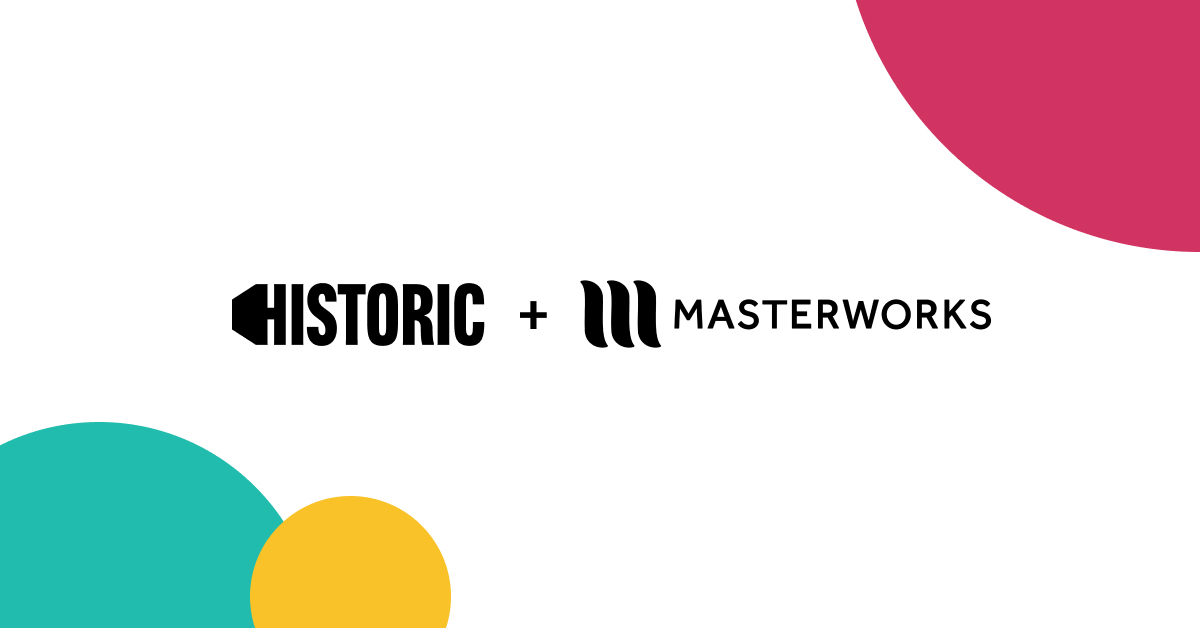Brands are not faceless corporations; they are living, breathing entities built by real people who gather every day in pursuit of a particular goal, whether it’s alleviating poverty, helping people discover their purpose, or building the world’s best financial institution. Whether they’re staff, volunteers, or donors, the key stakeholders of any brand are a critical audience that needs to be passionate about the brand they serve in order to create a galvanized, empowered, and motivated team.
These key stakeholders are far more likely to interact with your potential customers, so it’s crucial for them to feel like they’re part of something amazing. It doesn’t make sense to communicate amazing brand promises publicly but not integrate and prove those same promises to your own people, who need to be living proof of your brand promise each and every day.
At Historic we believe brand is best understood as five pillars:
- Culture – who you are.
- The convictions, values, and behaviors that define your brand.
- Story – what you say.
- The brand and marketing narrative that communicates you to your audience.
- Service – what you do.
- The product or service you provide.
- Experience – how you feel.
- The touchpoints of your brand, whether physical or digital.
- Identity – how you look.
- The visual and aesthetic qualities of your brand.
Culture is listed first because, more than any other pillar, culture speaks directly to the human dimension of your brand. Your staff, their behaviors, the way they make decisions, and how they communicate will either be your greatest driver, or greatest barrier, to brand success. If you want to produce specific outcomes to help differentiate your brand, increase engagement, and build greater brand loyalty, you need to define a unique culture that cultivates the necessary types of employee attitudes and behaviors. Essentially, your organizational culture needs to be as distinct and purposeful as your brand.
It takes work to make this brand-culture integration a reality. Below are six core tools we’ve used to help our clients drive brand engagement and success from the inside out.
Principles
Core values (or corporate values) are overused and, ironically, under-valued. We believe great brands need between three and seven clear principles that help those in your organization know how to behave more than they need obvious and/or aspirational values that communicate vague ideas. Actions speak louder than marketing, so helping your staff operationalize your brand and behave in a manner befitting your brand should be a top priority.
Architecture
Architecture is defined as the “carefully designed structure of something.” Much like Frank Lloyd Wright’s brilliant approach to architecture, we believe the organizational structure supporting your staff needs to be firmly rooted in your brand principles, simple in its design, elegant in its flow of information, and adaptable so it can change in response to its internal and/or external environment.
Rituals
Rituals are powerful drivers of culture because of their ability to sustain order and reinforce what is most important about your brand. Associating your brand with a specific and repeated behavior can have a powerful impact on brand loyalty and investment—not just for your customer (e.g., Starbucks and custom drink orders), but also for your staff. Toyota believes that every problem is an opportunity, so when something goes wrong, employees are trained to ask “Why?” five times to unearth the root cause and move past the surface-level symptom. A great ritual can reinforce a mindset in a way that feels authentic to the brand and the people who drive it forward.
Lore
Lore includes the stories circulating internally that point to what your people actually believe your culture is about. We talked with one senior leader who said the story she heard when first starting with her organization was that, “We were just a plane ride away from losing our job. If the CEO sits next to someone on a flight who he believes can do your job better, you’ll be replaced before he lands.” Clearly, this company lore did not lead to a culture of trust or value. Great marketing begins with great inside-out storytelling. Before great brands focus on their customers and external marketing, they need to focus on their employees, principles, and internal stories—all the things that contribute to a strong internal culture.
Vocabulary
Words create worlds and too often brands unintentionally perpetuate their own white noise by not developing a sticky list of words and/or phrases that help their people remember what is most important. This can be as simple as terminology (e.g., guest, customer, subscriber, or visitor, etc.) and as complex as carefully designed phrases (e.g., “set the tone,” “leaders multiply leaders,” etc.). Whatever your approach, the most important aspect of your brand’s vocabulary is being consistent and clear so that your words truly do shape your desired world.
Artifacts
Artifacts are things you can see, feel, touch, and smell—they are visceral. Oscar Mayer gave us a song and Disney gave us amazing experiences. While these are larger-than-life examples, your brand might simply begin with some in-office experiences that reinforce your brand and lead to your desired culture.
It takes work to make brand-culture integration a reality, but as you take intentional steps forward and embrace some of these tools, you’ll find that they make an incredible difference when it comes to driving your brand and culture in the same direction!












